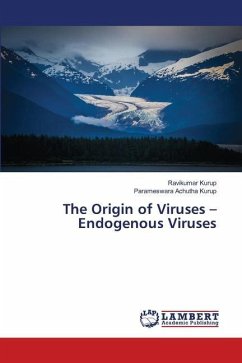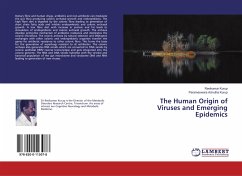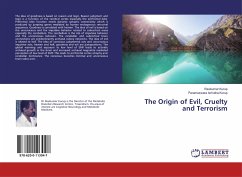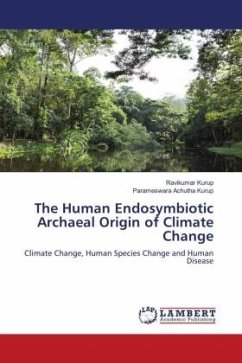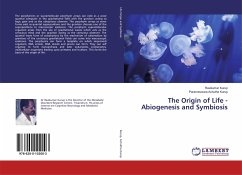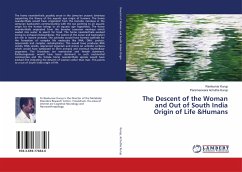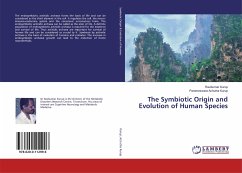Climate change can lead to extremophilic endosymbiotic archaeal growth and neanderthalisation of the species. The increase in colonic archaeal growth leads to breaching of the blood-gut barrier and archaeal endosymbiosis. The exposure to the low level of EM fields consequent to widespread use of the internet, radiosatellites and radar equipments leads to increased endosymbiotic archaeal growth. The colonic archaea also generates RNA viroids which are converted to DNA viroids by colonic epithelial HERV reverse transcriptase and gets integrated into the colonic genome. The RNA and DNA viroids hybridise with the viroidal and bacterial population of the gut microbiome and virobiome DNA and RNA of the gut leading to generation of new emerging viruses. The RNA and DNA viroids and gut bacteria can also hybridise with human genomic sequences for immunity, metabolic regulation, growth factors, cell growth, cell death, neurotransmitters and HERV sequences of the colonial epithelial cell. The hybridization of archaeal RNA viroids with human genomic HERV sequences can generate retroviruses. This leads to generation of new bacteria, RNA and DNA viruses.

